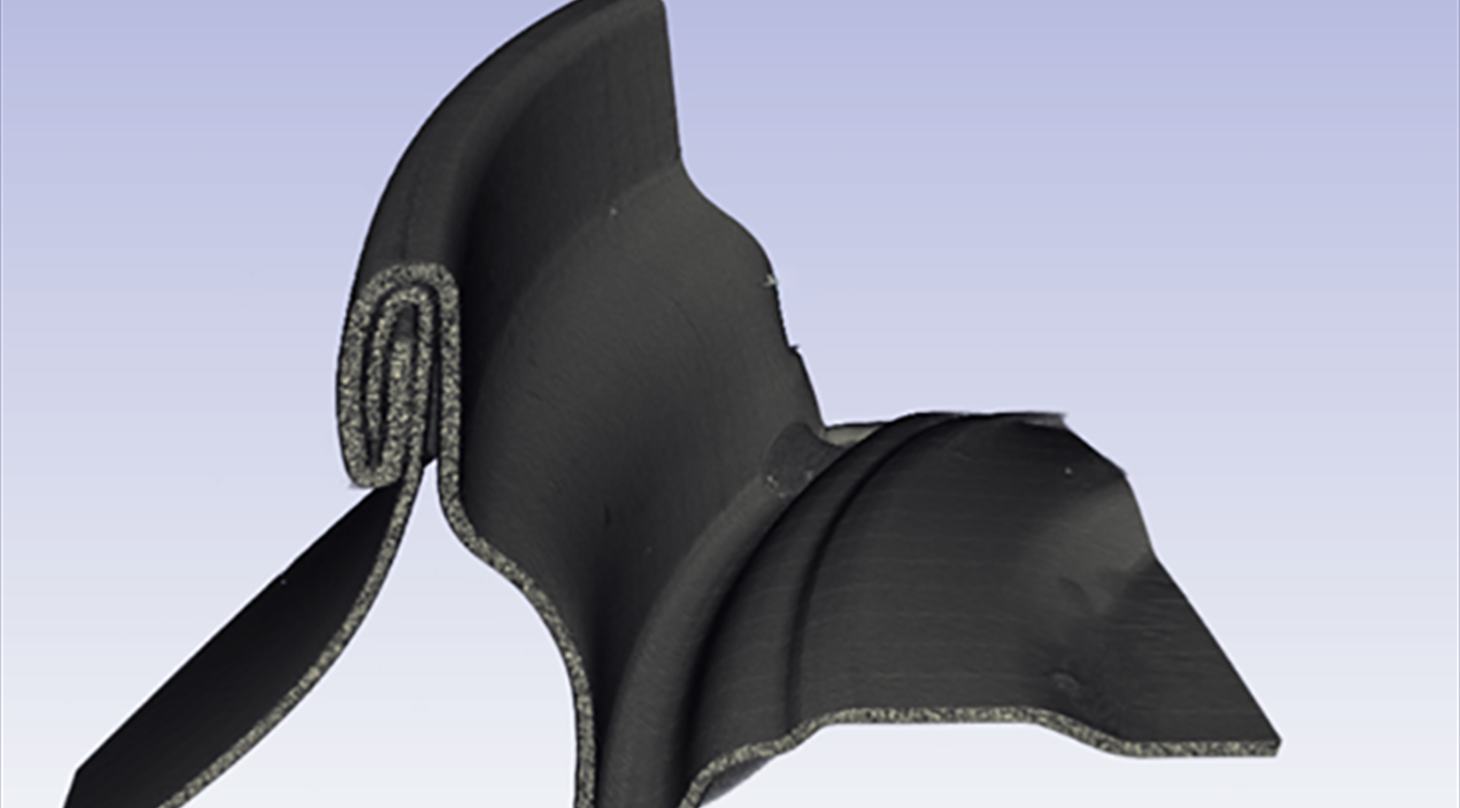
CT scanning and packaging
CT scanning can be used for troubleshooting in packaging.
Here is an example where, with a CT scan, we have examined the seam in a soda can (figure 1)
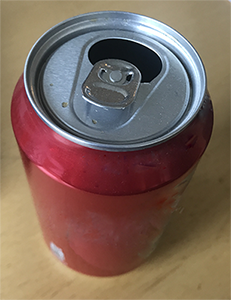
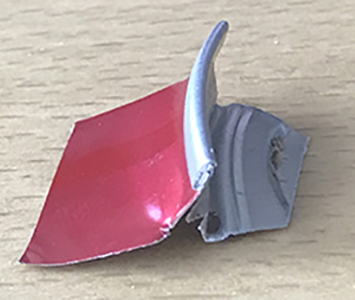
Figure 1: A red soda can and a cut-out of the seam between the can and lid.
If the can is cut open around the seam, we can study the joint more closely. But it is difficult to see anything with the naked eye. Even under a microscope, it is hard to distinguish exactly how the seam is made. Figure 2 shows a microscopic image of the seam, but because of the low depth of field in regular microscopes, it is hard to get a sharp image of the entire joint.
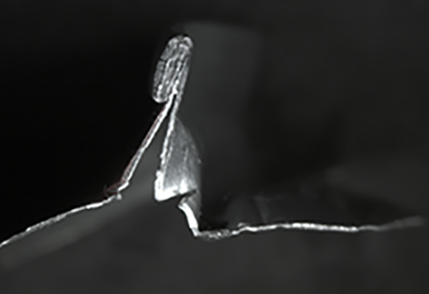
Figure 2: Microscopic image of the seam; the depth of field makes it hard to get the full picture.
An X-ray does not provide much more information, even though it is possible to see through the aluminium. But by taking many X-ray images from different angles, the images can be compiled in CT scan software, which provides 3D information about the scanned item.
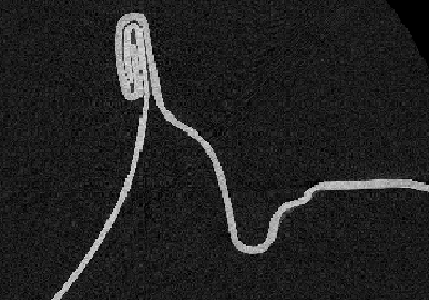 Figure 3. A cross-section from the 3D model.
Figure 3. A cross-section from the 3D model.
From the 3D model, you can arbitrarily select a section. An example is shown in figure 3, where the seam is clearly visible. The lid is somewhat thicker than the rest of the can, and it is easy to see how the lid and the can are folded around each other. We can also see that between the two metal layers, there is a grey sealing material that keeps the can watertight. If the can were not assembled properly, this would be clear in our CT scan.
How can the Danish Technological Institute help?
- Troubleshooting, e.g., in connection with leak detection
- Assistance with quality control